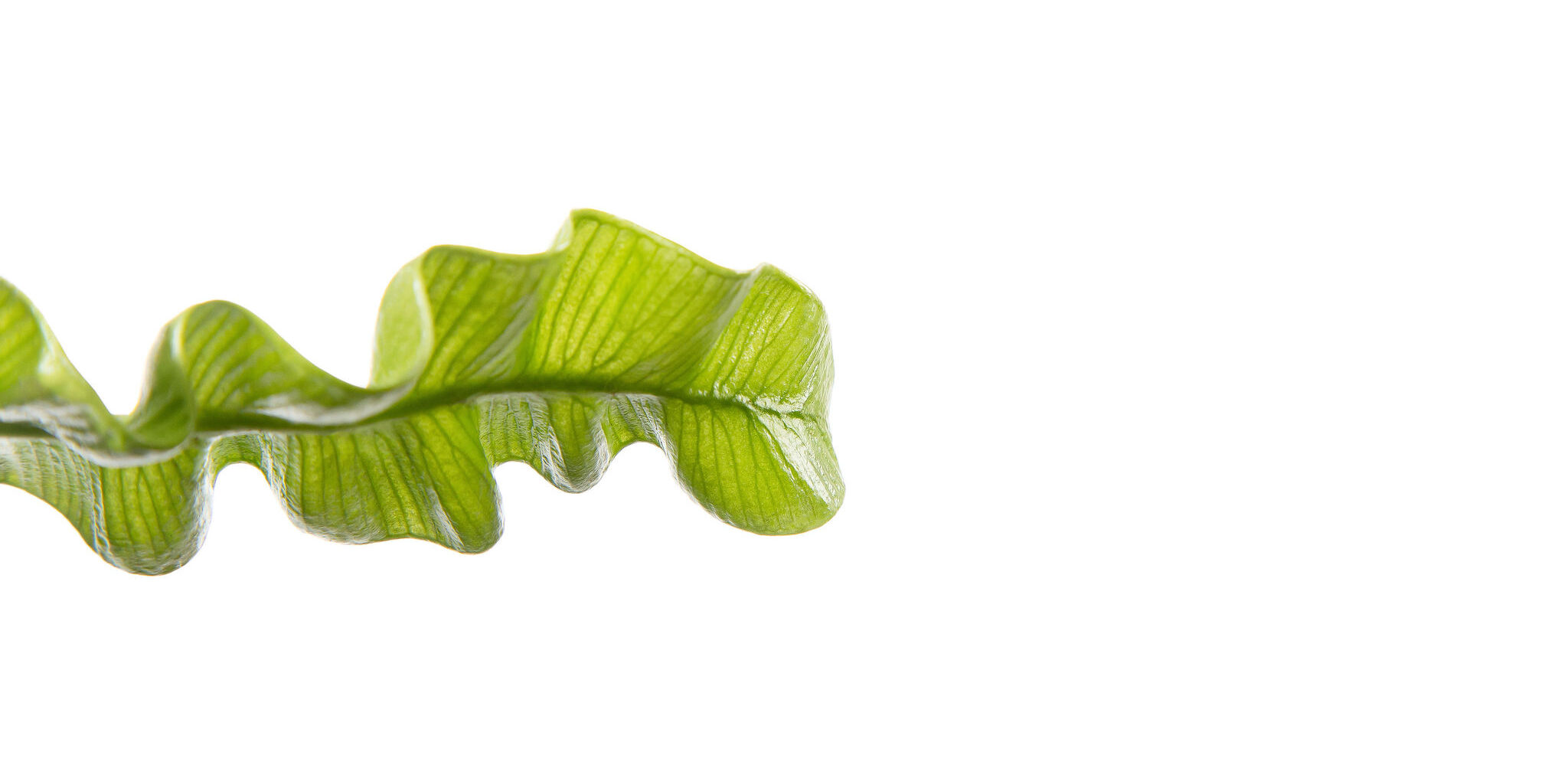Unpacking the Impacts of the Packaging and Packaging Waste Regulation (PPWR)
Legislators should take bolder steps to facilitate transition to bio-based and biodegradable materials, away from our oil dependency. Let’s dive into three topics within the PPWR proposal that need to be reconsidered if we ever want to find our way out of the plastic crisis.

The European Commission’s proposal for a Regulation on packaging and packaging waste was released in 2022. Such a regulation was seen as a must, because the amount of packaging waste is constantly increasing and there is a lot of non-recyclable packaging out in the market, and a lack of recycled content uptake, while confusing labeling complicates sorting.
If the regulation would enter into force as proposed, all packaging placed in the internal market would need to comply with certain sustainability requirements relating to e.g., reusability, recyclability, recycled content, and instructions towards consumers.
EU’s efforts to combat packaging waste and accelerate the transition to circular economy are much welcomed. However, a 360 approach, thorough scientific review, and readiness to re-evaluate the strategy are needed to make sure the best intentions won’t result in unintended consequences. In this blog, we’ll have a look at three specific topics to be reconsidered in the context of PPWR and new sustainable materials.

Topic no1: All packaging placed on the EU market must be recyclable at scale
According to the proposal, all packaging placed on the market must be recyclable at scale by 2035, except for novel innovative packaging materials which have a five-year-long derogation after entering the market. In the proposal, recyclability at scale has been defined the following way: recycling infrastructure for a packaging in question is available for 75 % of population of the European Union.
Due to this suggested recyclability requirement, some cosmetic brands are now actively seeking alternatives for certain plastic types, such as ABS, where avenue towards recyclability at scale can’t be easily seen. Sulapac’s portfolio includes sustainable materials that are excellent for replacing ABS – and recyclable by design. Sulapac also has a clear pathway to be recyclable at scale by 2035: Sulapac will be collected, sorted, and chemically recycled (polymer-to-polymer process) with the most commonly used bioplastics, PLA and PHA.
It is crucial that the legislation as well as all relevant stakeholders actively support the establishment of an effective recycling infrastructure for bio-based and biodegradable materials. Furthermore, we have suggested that ‘sustainable natural polymer packaging’, such as Sulapac, could demonstrate a viable pathway to recyclability at scale, for example by successfully achieving this in one or more Member States by 2035. Otherwise, there is a risk that investors and companies utilizing packaging would be inclined to choose the most prevalent materials, i.e. mainline fossil-based plastics, that are the ones that can most easily comply with the requirements set out in the PPWR proposal instead of truly sustainable alternatives.
The use of conventional plastics will drive oil dependency as the overall amount of plastic packaging is forecast to increase even under the rules set by PPWR and mechanical recycling of conventional plastics requires the input of new fossil oil during each cycle of recycling. Moreover, conventional plastic can currently be recycled at best once or twice before the material quality decreases – resulting in perpetual demand also for virgin plastics. According to International Energy Agency, petrochemicals are set to be the largest driver of world oil demand in 2050.
It is also essential to understand that advancing the recycling of conventional plastic doesn’t solve the microplastic problem.

Topic no2: Each packaging must include a minimum percentage of recycled content
The proposed PPWR sets minimum percentages of recycled content for plastic packaging (from 10%, to 35% in 2030 and from 50 to 65% in 2040 for contact-sensitive, single-use, and other plastic packaging respectively) recovered from post-consumer plastic waste.
Already today Sulapac can provide packaging materials that incorporate high percentages of recycled content: up to 100% recycled biopolymer content in selected material recipes. Our goal is that all our main raw materials will be waste-based or originating from side streams within the next five years.
To ensure an adequate level of recycled content for bio-based and biodegradable materials to reach the proposed targets and to maximize the material developers’ sustainability efforts, Sulapac is working hard to make sure that the final regulation would include certain bio-based waste streams and residues, such as agricultural waste (e.g., oat husks), within the definition of recycled content, in parallel with post-consumer plastic waste.

Topic no3: Measures to curb microplastic pollution must be included in the regulation
It is crucial to notice that changing from conventional plastic to recycled plastic doesn’t solve the microplastic problem. Whether recycled or reused, conventional fossil-based plastics cause accumulative emissions of microplastics during their whole lifespan. These non-biodegradable microplastics resulting from secondary microplastic emissions from plastic waste and the production, usage, and recycling of plastic items are an immense under-addressed risk to both biodiversity and human health.
The current proposal for the PPWR does not acknowledge or address the issue of microplastic pollution in a single article. Hence, we have suggested that the risk of microplastic emissions should be accounted for in the Commission Delegated Act on rules for extended producer responsibility (EPR). To incentivize the producer to reduce microplastic emissions and to account for the expenses of removing plastic litter, there should be a fee assigned for microplastic emissions that the producer must pay to comply with their extended producer responsibility.

From unintended consequences to fixing the problem
Without the needed revisions there is a high risk that the proposal for the PPWR perpetuates our dependency on fossil-based raw materials and the whole oil-based economy. While the measures to increase the recycling rate of conventional plastic are important, they should not inadvertently close the doors for more sustainable alternatives available today and developed in the future.
To fix the problem of plastic pollution altogether, the only possible way is to move away from fossil-based plastics. It is clear that this does not happen overnight, but the legislators should take bolder steps to facilitate such transition to biobased and biodegradable materials and away from our oil dependency.
The economic incentives, for example in the form of a dedicated fee for microplastic pollution in the context of extended producer responsibility, is a crucial element in achieving a future free from plastic pollution. At the end of the day, corporations are more likely to adopt the solution that’s best for the environment if it’s the same for the balance sheet.
The European Parliament and Member States governments in the Council are currently each in the process of formulating their changes to the Commission’s PPWR proposal. With the end of the process looming this winter, Sulapac calls on the decision makers to keep the ambitions of the PPWR high – and not forget the needs of innovative alternatives to fossil plastics in long-term in the pursuit of optimizing the recycling of market-dominant conventional plastic in short-term.
If you want to express your support for the suggested changes or share your insights regarding the PPWR, don’t hesitate to contact our experts:
Laura Tirkkonen-Rajasalo, Director of Quality Assurance and Regulatory Affairs, Co-founder
laura.tirkkonen-rajasalo@sulapac.com
Antti Toponen, General Counsel
antti.toponen@sulapac.com
Sulapac Ltd accelerates the plastic waste-free future by helping companies replace conventional plastic with sustainable, beautiful and functional materials that are circular by design. The company was founded in 2016 by three scientists Dr. Suvi Haimi, Dr. Laura Tirkkonen-Rajasalo and Dr. Antti Pärssinen, and was ranked one of Europe’s 100 hottest startups by WIRED UK in 2018, 2019 and 2021. Investors behind Sulapac®, the award-winning, patented material innovation include CHANEL and Sky Ocean Ventures.